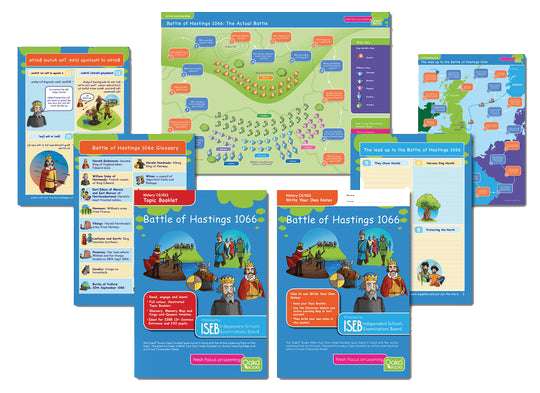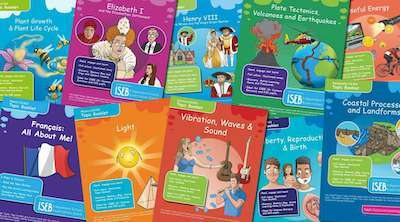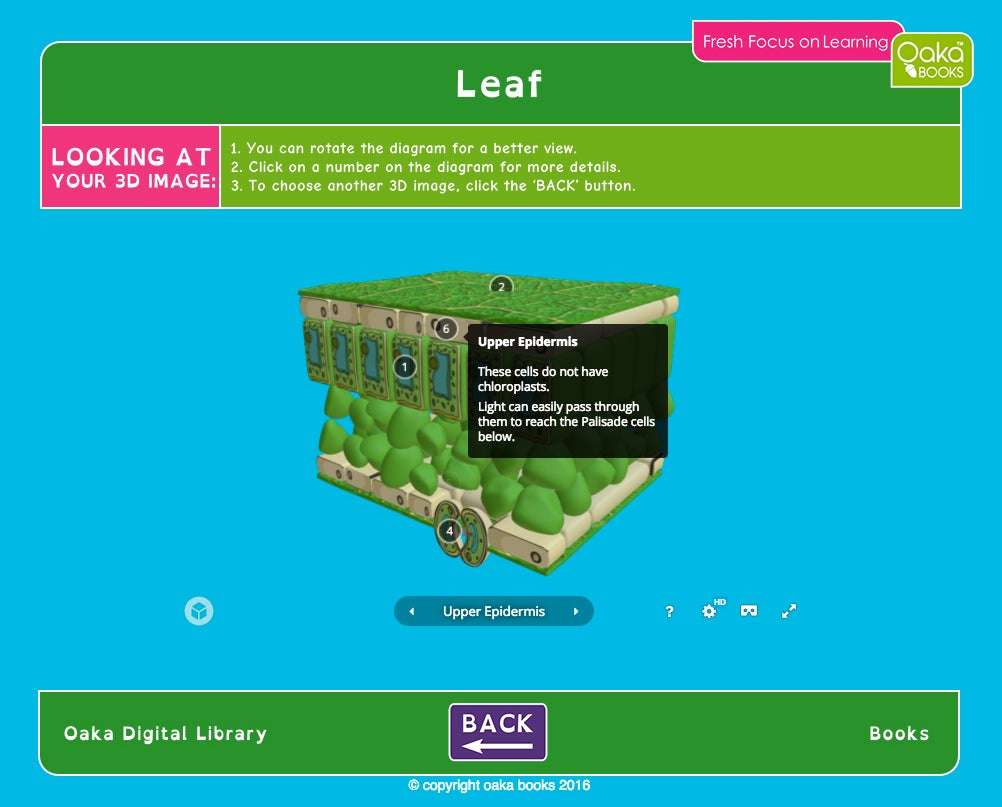Imagine standing at the foot of a mountain, looking up at the daunting climb ahead. For parents of children with special educational needs (SEN), exam preparation can often feel just as overwhelming. You’re determined to help your child succeed, but the path isn’t always clear, and the journey can be fraught with stress and confusion. Enter the revision timetable—a tool that can transform that mountain into a series of manageable steps, providing structure and clarity in a time that often feels chaotic.
A well-crafted revision timetable isn’t just about allocating study hours; it’s about creating a roadmap to success. It’s a proactive strategy that helps your child navigate their studies with confidence and purpose. For driven and proactive parents like you, this guide will offer insights into building an effective revision timetable tailored to your child’s unique needs. We’ll explore practical steps, share real-life examples, and provide tips to keep your child engaged and motivated.
Table of Contents
Understanding the Revision Timetable
Let’s begin by understanding what a revision timetable is and why it’s so crucial for SEN children.
Imagine trying to put together a complex puzzle without a picture to guide you. It’s challenging, frustrating, and time-consuming. A revision timetable acts like that picture on the puzzle box—it gives you a clear view of the end goal and a structured plan to get there.
A revision timetable is a schedule that outlines specific study times and subjects over a set period, usually leading up to exams. It breaks down the revision process into manageable chunks, ensuring that all subjects and topics are covered in a systematic way.
Benefits:
- Improved Time Management: By allocating specific times for each subject, a revision timetable helps students manage their study time effectively, preventing last-minute cramming and reducing stress.
- Reduced Anxiety: Having a clear plan in place can alleviate the anxiety associated with exams. It provides a sense of control and predictability, which is particularly beneficial for SEN children.
- Better Retention: Regular, spaced-out revision sessions help reinforce learning and improve long-term retention of information.
Example:
Consider the story of Anna, a mother of a dyslexic son named James. Before implementing a revision timetable, James felt overwhelmed and often left his revision until the last minute. Together, they created a timetable that broke his subjects into small, manageable chunks and included regular breaks. The visual structure of the timetable, with colour-coded subjects and clear, daily goals, helped James feel more in control and less anxious about his studies. Over time, his confidence grew, and his performance in exams improved significantly.
By understanding what a revision timetable is and recognising its benefits, you can begin to see how this tool can transform the daunting task of exam preparation into a series of achievable steps. In the next section, we’ll delve into setting clear and achievable goals to ensure your timetable is both practical and effective.
Setting Clear and Achievable Goals
Setting specific, realistic goals is important to maintain motivation and ensure progress.
Imagine planning a road trip without a destination in mind. You’d likely feel lost and uncertain, unsure of how much progress you’ve made or how much further you need to go. Setting clear and achievable goals in your revision timetable is like plotting points on a map—it gives direction, purpose, and a sense of accomplishment.
Breaking Down Subjects into Manageable Tasks: Divide each subject into smaller, more manageable topics. For instance, instead of “study history,” break it down into “review the Industrial Revolution” or “understand the causes of World War I.” This makes the revision process less intimidating and more structured.
Prioritising Subjects Based on Difficulty and Importance: Determine which subjects or topics require more focus based on your child’s strengths and weaknesses. Allocate more time to challenging subjects while ensuring a balanced approach that covers all areas.
Setting Short-Term and Long-Term Goals: Create a mix of short-term goals (e.g., completing a chapter) and long-term goals (e.g., mastering a subject) to keep your child motivated. Short-term goals provide immediate rewards and a sense of progress, while long-term goals keep the end objective in sight.
Involve your children in the goal-setting process. This not only increases commitment but also helps children develop self-regulation and planning skills. Be mindful of your child’s learning pace and adjust goals accordingly to avoid frustration.
Examples:
Consider Sarah, whose daughter Emma struggles with attention deficit hyperactivity disorder (ADHD). Sarah noticed that Emma became easily overwhelmed by large tasks. By breaking down Emma’s revision into small, clear tasks and setting both daily and weekly goals, they created a timetable that felt less daunting and more achievable. This approach kept Emma engaged and motivated, ultimately leading to better retention and understanding of the material.
Customising the Timetable for SEN Children
Every child is unique, and this is especially true for children with special educational needs. A one-size-fits-all approach rarely works. Customising the revision timetable to suit your child’s individual requirements ensures that it’s both effective and supportive.
Incorporating Breaks and Flexibility: SEN children often need more frequent breaks to maintain focus and prevent burnout. Incorporate short, regular breaks into the timetable. Use tools like the Pomodoro Technique (25 minutes of study followed by a 5-minute break) to keep sessions productive.
Using Visual Aids and Colour Coding: Many SEN children benefit from visual learning aids. Use colour coding to differentiate between subjects and tasks. Visual schedules can help children with dyslexia or autism follow their timetables more easily.
Sensory-Friendly Materials and Environments: Create a revision environment that accommodates your child’s sensory needs. This might include noise-cancelling headphones, fidget tools, or a quiet, clutter-free study area.
The goal is to create a supportive framework, not a rigid schedule that adds pressure.
Example:
Take the case of Ben, a father of a son with autism. Ben found that his son, Sam, responded well to visual schedules and needed frequent breaks to stay focused. They designed a timetable that included visual cues and allowed for sensory breaks with activities like jumping on a trampoline or playing with sensory toys. This customised approach helped Sam stay engaged and reduced his anxiety around studying.
By setting clear and achievable goals and customising the timetable to meet the unique needs of SEN children, you can create a practical and supportive revision plan that enhances your child’s learning experience.
Using Technology and Tools
Leverage technology to enhance the effectiveness of the revision timetable.
In today’s digital age, technology can be a powerful ally in helping your child stick to their revision plan. Think of it as having a personal assistant that keeps everything organised and on track.
Apps and Software for Creating Timetables: Several apps can help create and manage a revision timetable. Tools like Google Calendar, My Study Life, and Trello offer features specifically designed for scheduling and tracking progress.
Reminder Systems and Digital Tools: Set up digital reminders and alerts to help your child remember their study times. Apps can send notifications to remind them of upcoming study sessions or breaks, ensuring they stay on track without constant parental prompting.
Audience Considerations: Select user-friendly tools that cater to children with SEN. Look for features like visual aids, ease of use, and the ability to customise notifications.
Example:
Jane, the mother of a son with ADHD, used an app called “Remember The Milk” to help her son manage his study schedule. The app’s visual task lists and reminders helped him stay focused and remember what he needed to study each day, reducing his reliance on his mother for constant reminders.
Maintaining Motivation and Engagement
Imagine trying to maintain a steady pace in a marathon without any encouragement along the way. Just like runners need motivation, children need to stay motivated to keep up with their revision timetable.
Reward Systems and Positive Reinforcement: Implement a reward system to celebrate milestones and achievements. Small rewards, like extra playtime or a favourite treat, can motivate your child to stick to their timetable.
Interactive and Fun Revision Activities: Incorporate interactive activities and games to make revision enjoyable. This could include educational apps, flashcards, or study games that reinforce learning in a fun way.
Tailor motivational strategies to your child’s interests and strengths. Recognise and celebrate their efforts, not just their achievements, to keep their spirits high.
Example:
Laura, a parent of a child with dyslexia, used a combination of flashcards and educational games to keep her daughter engaged. She also set up a reward chart to track progress and celebrate small wins, which boosted her daughter’s confidence and made the revision process more enjoyable.
By utilising technology and maintaining motivation, you can create a dynamic and effective revision timetable that adapts to your child’s needs. This approach ensures a balanced and engaging study routine, making exam preparation less stressful and more productive.
Conclusion
Building a practical revision timetable for your child with special educational needs can transform the stressful lead-up to exams into a structured and manageable journey. By understanding what a revision timetable is and setting clear, achievable goals, you provide a roadmap for success. Customising the timetable to fit your child’s unique needs, leveraging technology, and maintaining motivation through rewards and engaging activities are crucial steps.
Remember, this is more than a schedule—it’s a supportive framework that fosters confidence and independence. Your proactive approach will not only help your child academically but also empower them with skills that extend beyond the classroom. With the right tools and strategies, you can turn revision from a mountain to climb into a series of achievable steps.





